Different Roles, a guest post by Claire Winn
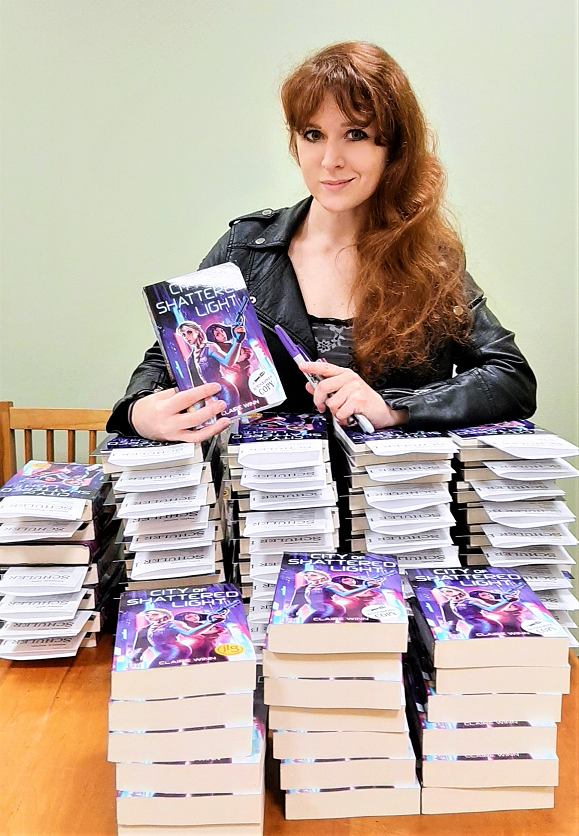
At the peak of the young-adult vampire trend, I was getting bitten.
My senior year of high school, I landed the role of Lucy Westenra in our theater production of Dracula. In the version we produced, Lucy was the lead. I was thrilled, of course—but the initial read-through of the script left me feeling a little hollow.
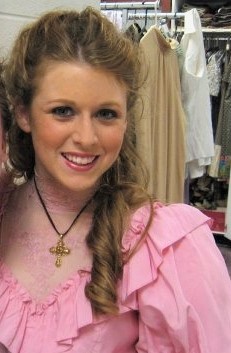
My role was passive; the bulk of my scenes involved crying or being preyed upon. One particularly awkward scene required me to stare, entranced, into the stage lights as a boy from calculus class bit my neck. Other characters speculated about Lucy’s fate, and the role I’d been excited for felt a bit like a plot device.
ADVERTISEMENT
ADVERTISEMENT
Near the end of rehearsals, I’d sneak behind darkened set pieces to watch the show’s climax—a vampire-staking battle scene that played out in the aisles. Blood packets spurted over the stage ramps as retracting stakes hit their targets. Spotlights flickered on hissing vampires and cut to black.
It was Van Helsing who drove the story to its messy conclusion, while Dracula’s machinations wove the core conflict. Those roles, I thought, were interesting.
As a teen, I had trouble connecting with female characters in many other shows I participated in. In the Julie Andrews film “Thoroughly Modern Millie,” on which the stage show of the same name is based, the titular Millie disavows her feminism after she falls in love; at the end, she declares “I don’t want to be your equal anymore.” And the bride-napping themes of “Seven Brides for Seven Brothers” are well known. While I loved the passionate creativity and collaboration of the theater environment—and I made incredible memories and friends—I’d lost some of my excitement for being onstage. There were sexist themes embedded in the scripts for many major shows, and I started dreaming about how I’d write them into roles girls would want to play.
In college, on track for law school, I started writing on a whim. Science fiction and fantasy books gave me the opportunity to explore and shape worlds filled with the types of characters I wanted to see. I discovered how freeing it was to have casts with multiple women and LGBT+ characters, with a range of talents and aptitudes. Lead characters could be messier without the pressure of being the sole representative of their gender or marginalization. It became easier to make them flawed, memorable, and fully human.
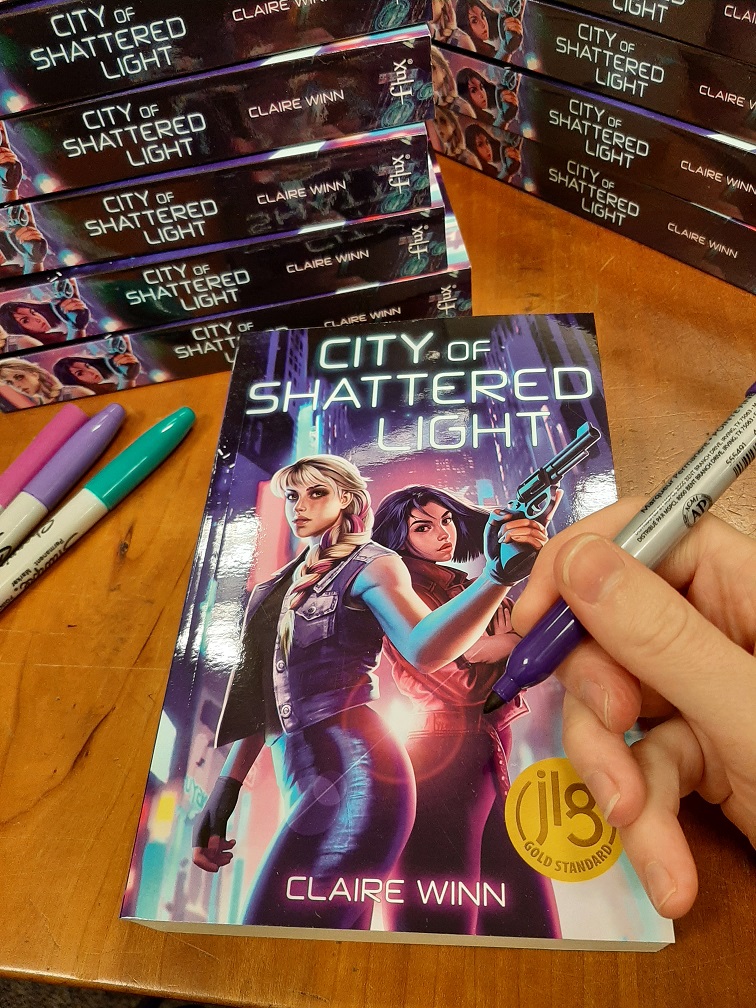
One of my favorite parts of writing City of Shattered Light was the contrast between the two female leads, as well as the matriarchal crime syndicates containing a range of morally-gray and capable side characters. It’s the story of a runaway heiress discovering her strength under pressure, and relying on her wits and technical prowess in deadly situations. It’s also the story of a viciously competent smuggler girl who has hardened herself to match the world around her. And it’s ultimately about learning to break free of societal expectations and choose a home for yourself.
Media has made great strides for representation in the past decade, and I hope teens will keep seeing more characters that resonate with them—onstage, on-screen, and on the page.
Meet the author
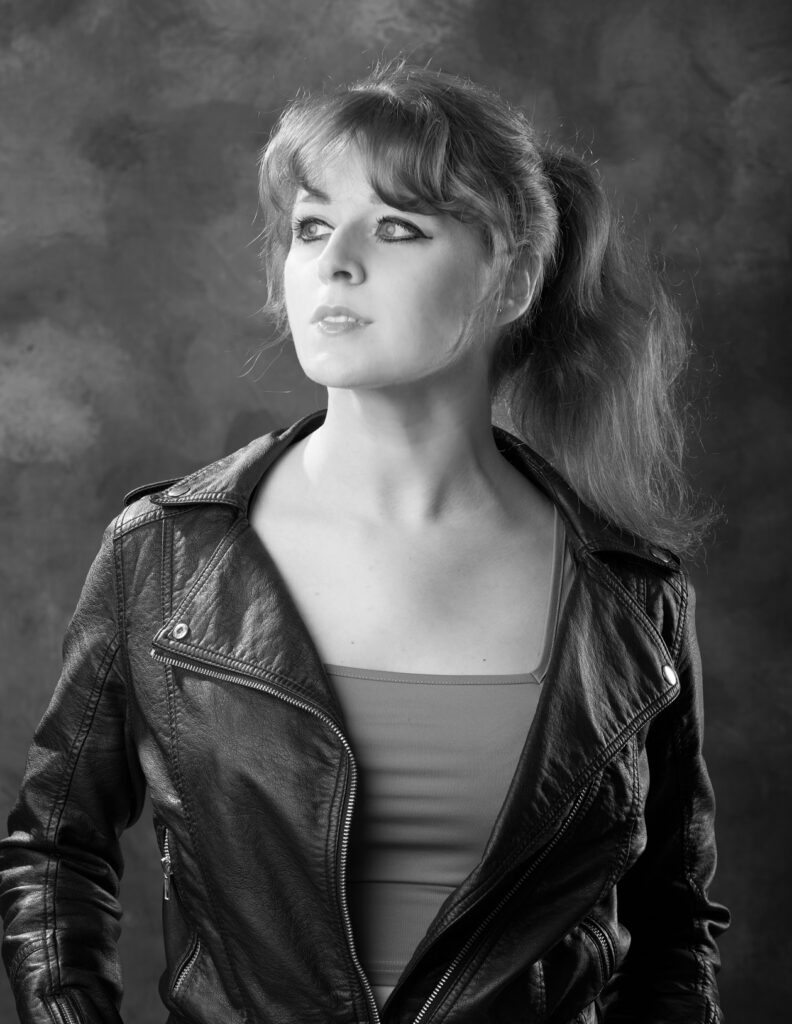
ADVERTISEMENT
ADVERTISEMENT
Claire Winn spends her time immersed in other worlds—through LARP, video games, and the books she reads and writes. Since graduating from Northwestern University, she’s worked as a legal writer and freelance editor. Aside from writing, she builds cosplay props and battles with boffer swords. City of Shattered Light, her first novel, releases October 2021 from Flux Books.
About City of Shattered Light
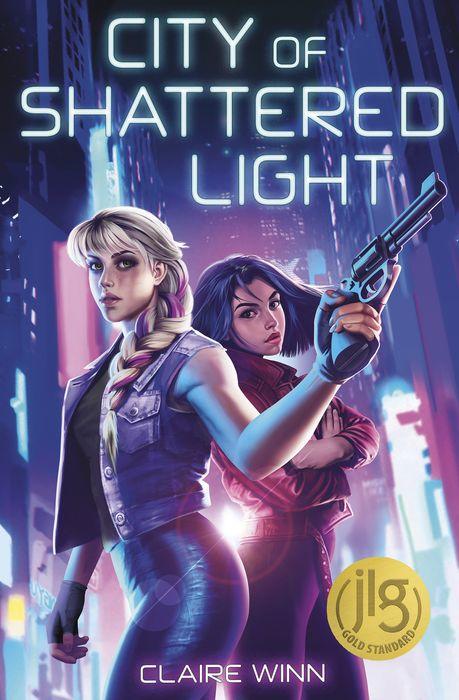
As darkness closes in on the city of shattered light, an heiress and an outlaw must decide whether to fend for themselves or fight for each other.
As heiress to a powerful tech empire, seventeen-year-old Asa Almeida strives to prove she’s more than her manipulative father’s shadow. But when he uploads her rebellious sister’s mind to an experimental brain, Asa will do anything to save her sister from reprogramming—including fleeing her predetermined future with her sister’s digitized mind in tow. With a bounty on her head and a rogue AI hunting her, Asa’s getaway ship crash-lands in the worst possible place: the neon-drenched outlaw paradise, Requiem.
Gunslinging smuggler Riven Hawthorne is determined to claw her way up Requiem’s underworld hierarchy. A runaway rich girl is exactly the bounty Riven needs—until a nasty computer virus spreads in Asa’s wake, causing a citywide blackout and tech quarantine. To get the payout for Asa and save Requiem from the monster in its circuits, Riven must team up with her captive.
Riven breaks skulls the way Asa breaks circuits, but their opponent is unlike anything they’ve ever seen. The AI exploits the girls’ darkest memories and deepest secrets, threatening to shatter the fragile alliance they’re both depending on. As one of Requiem’s 154-hour nights grows darker, the girls must decide whether to fend for themselves or fight for each other before Riven’s city and Asa’s sister are snuffed out forever.
ISBN-13: 9781635830712
Publisher: North Star Editions
Publication date: 10/19/2021
Age Range: 14 – 18 Years
Filed under: Uncategorized
About Amanda MacGregor
Amanda MacGregor works in an elementary library, loves dogs, and can be found on Twitter @CiteSomething.
ADVERTISEMENT
ADVERTISEMENT
SLJ Blog Network
Name That LEGO Book Cover! (#53)
Cover Reveal and Q&A: The One and Only Googoosh with Azadeh Westergaard
K is in Trouble | Review
Fighting Public School Book Bans with the Civil Rights Act
ADVERTISEMENT







